Along the Way and After Hours are part of an on-going body of work comprised of allegorical landscapes of a journey which are not linked to any specific place. They are stages where objects, persons and places in some narrative correspond with meaning that lie outside the narrative or scene itself.
I work with the Journey we all go on which is universal yet extremely personal; in a figurative mode of expression, conveying a meaning other than the literal. I use symbolic figures, actions or places, which become my landscapes. In my visual world, what you don’t see opens up your imagination, allowing the mystery of the unknown to color the image.
My body of work grew from images I developed as promotional pieces for art directors when I was an advertising photographer. Each promo had a concept or a theme and they all seemed to be atmospheric with a sense of mystery. I heard somewhere, “All the world’s a stage”; after I read Shakespeare’s As You Like It, I began to put together the monologue “All the World’s a Stage, And all the men and women merely players: They have their exits and their entrances” …. I realized our lives are dramas, which we play out with others on one scale or another and they are done on a stage, our reality or world as we see it.Our plays go through the cycles of our physical lives and we act out our emotions in these plays. So the idea that we have created our reality really made sense to me and we utilize our reality as a stage to express ourselves.
I have read that Quantum Mechanics has proven that our world, or universe is comprised of chaos of energy soup and energy fields.We are part of this chaos and we take that and somewhere inside ourselves we create our world or stage; and as a species, we seem to have an agreement to create a corporeal reality from this universal energy similar enough to express ourselves or act out our lives.
When I photograph, I am attracted to the quality of light, and graphic subject matter. I work with feeling and intuition when I am shooting, I consider it sketching. I visualize the “whole” picture first, and then work backwards to put the pieces together to create the completed image. When I first see the images in Photoshop Bridge (which is like a proof sheet), I am attracted to what I must have intuitively seen when I shot it. Sometimes the image I thought I saw doesn’t work; but by allowing myself intuitive leeway gives my images spontaneity. If I’m really interested in a subject, I’ll shoot different angles or points of view. All of the images that attract me are anonymous or have some kind of timeless, universal quality to them. I love atmospheric conditions, low light, night, fog and soft light. I heard in a photo class a phrase that has become my mantra, “Move in Close and Keep it Simple”. My images are allegorical in nature and have a deeper meaning, they are not filled with too much information to distract from their essence. I may even take away information that distracts, either a small object or highlight.
Ansel Adams said: “The negative is the score and the print is how you play it.”
My process is not really complicated. I use a Leica mostly with about 3 lenses. I tend to shoot “wide open” with fast lenses and I also use a “zone plate” and “pinhole” adapted for the camera. When I’m making an image I have chosen from “Bridge” in Photoshop I create a working file and then begin to work with the image. I make small changes and save these changes in the working file before I move on; that way if I don’t like the next step or so I can go back to a step I liked and move forward.
In Photoshop, I mainly use levels, along with burning and dodging, working highlights, midtones and shadows. I consider the percentages in the burn/dodge tool as “f stops” on an enlarging lens, i.e. 1% to 2% is a stop and so on. I use this as a rendering tool to bring “drawing to my image”. I bring the viewer into the image by vignetting to various degrees. Finally I’ll add “grain” to the image and sharpen or unsharpen visually.
My printing style has evolved more toward an emphasis of tonality and composition of the subject matter rather than the documentation of reality. I collect vintage photographs and have gravitated toward the pictorialist style of masters such as Edward Steichen, Alfred Stieglitz and Josef Sudek’s later period. Sudek had two qualities in his prints, a rich diversity of light values in the low end of the tonal scale and the representation of light as a substance occupying its own space. His devices for this are simple, elegant and highly poetic; they convey a sense of mystery. When I view them I keep going back, as if I were reading a line of poem twice.
My work is dark because I work in very low light and in atmospheric conditions. I find this takes away much interference from the images I print, allowing one to reflect on the subject much the same way one would reflect upon something when they are alone on a street with perhaps a streetlamp glowing in the fog. I love the chiaroscuro style in art, an Italian term which means ‘light-dark’.I have found this is effective in my arrangement or treatment of light and dark parts of my prints. Masters of this art form classically trained me in the darkroom. Although today I work in digital, I utilize the knowledge I was fortunate enough to acquire over many years of study and practice.
I Attended Art Center College of Design, Pasadena, CA on scholarship ,assisted John Zimmerman, Co Rentmeester and Dan Wolfe while at Art Center; I Graduated Art Center with Honors. I have Attended Workshops of Ansel Adams, Oliver Gagliani, Keith Carter, Joyce Tenneson, and Lucien Clergue. I was an advertising photographer for 30 years with national advertising clients and Specialized in Resorts and Hotels. I currently live between Carmel, CA and Santa Fe, NM, with my wife Dale and dog Jake. [Official Website][Weston Gallery]



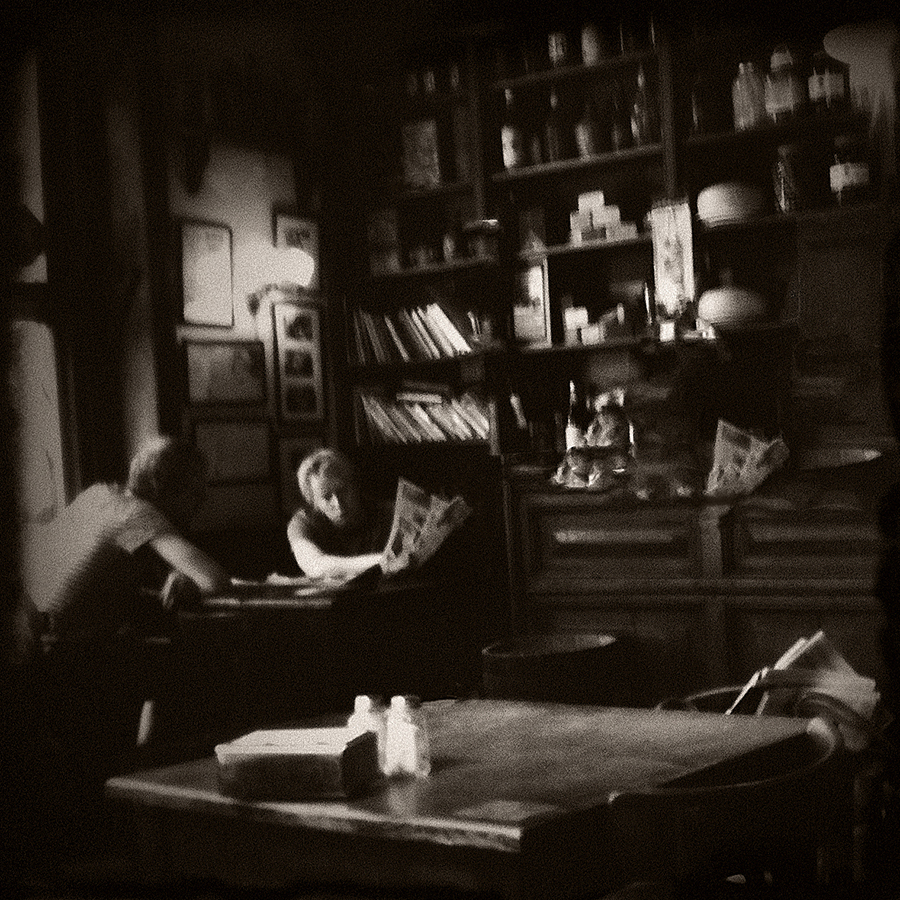
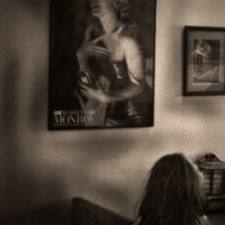
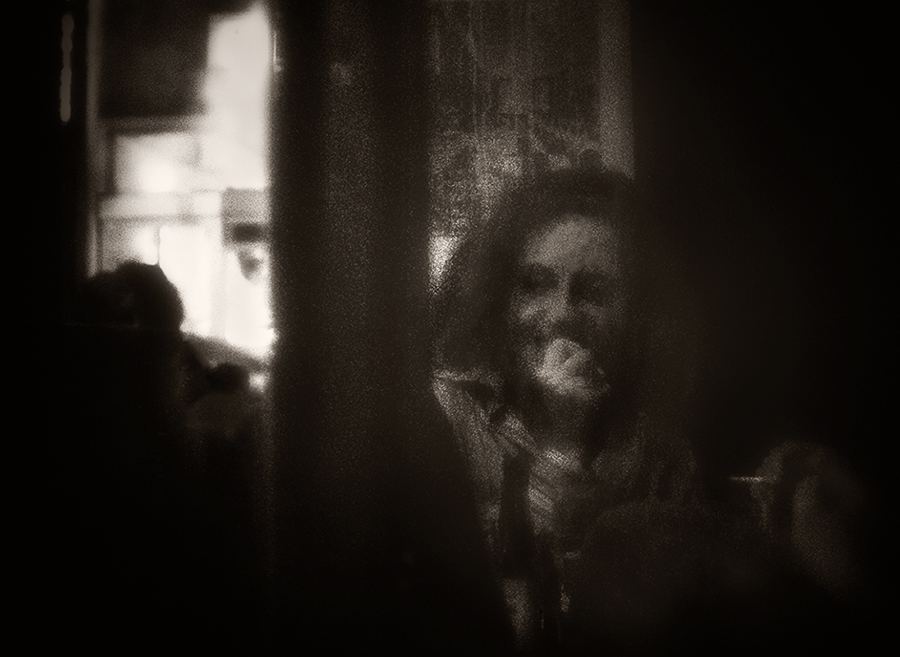
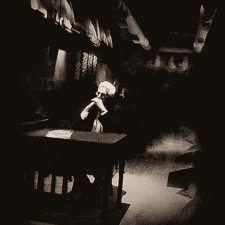

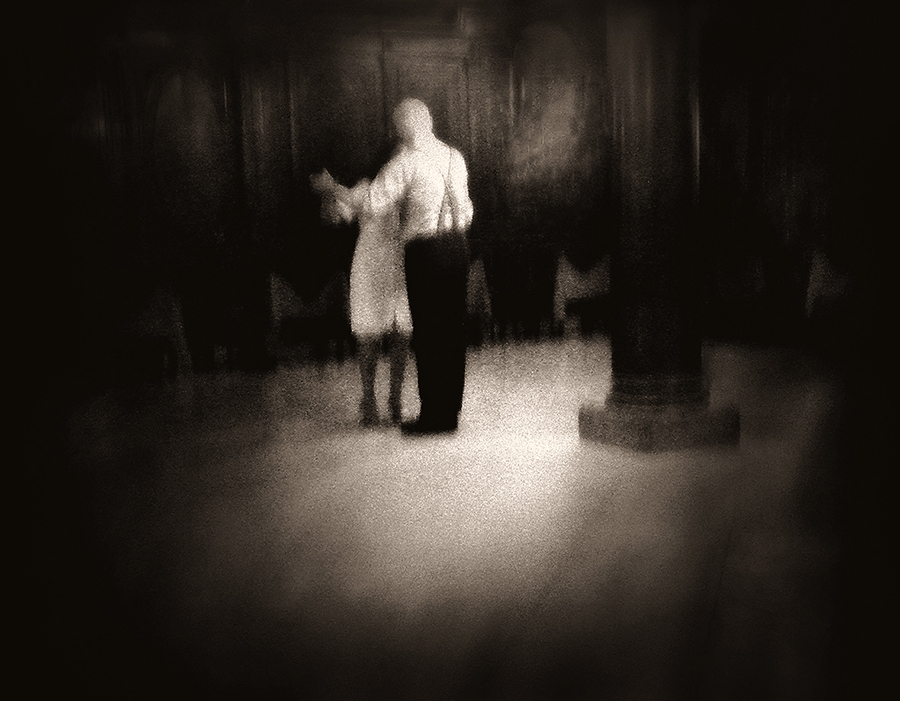
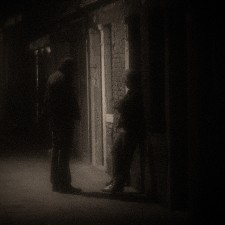
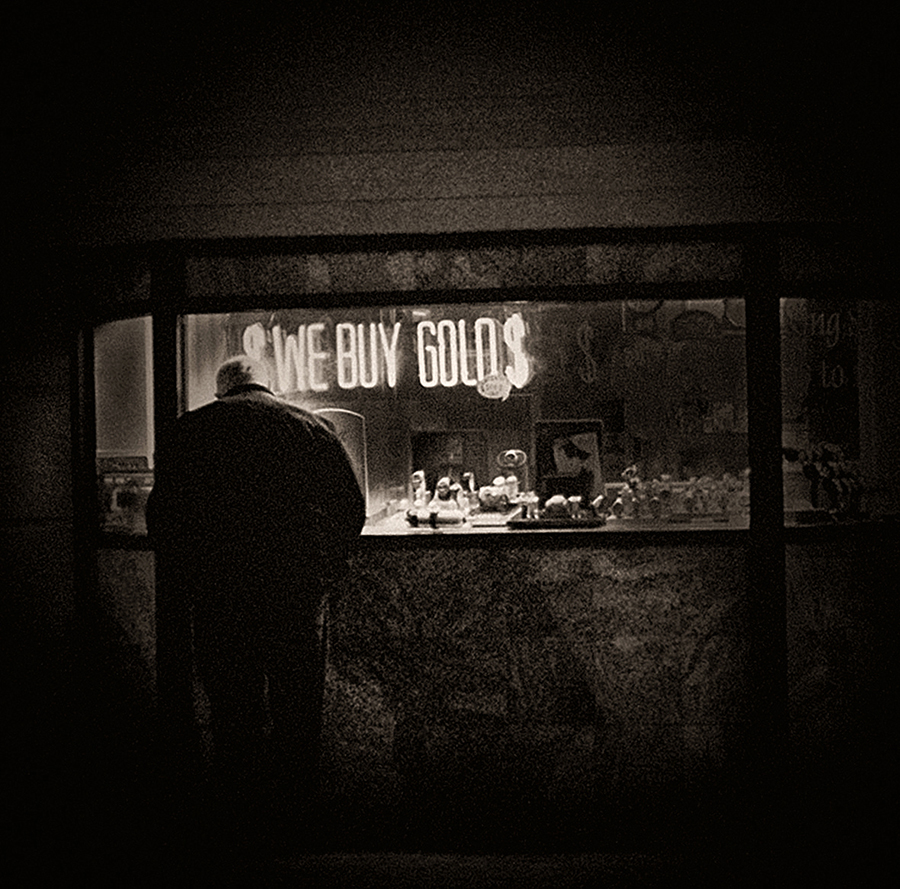
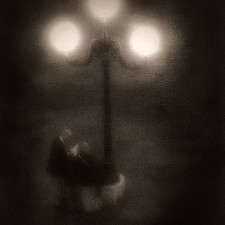
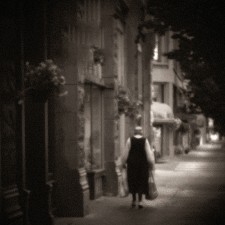
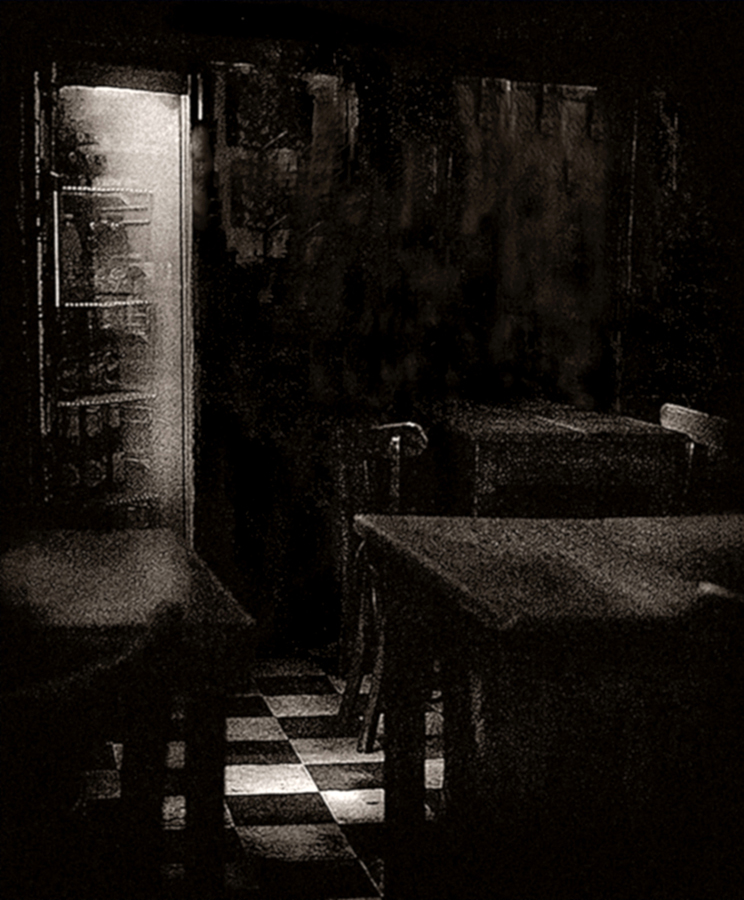
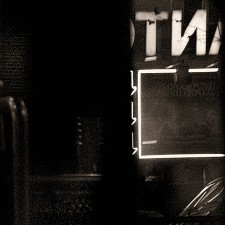
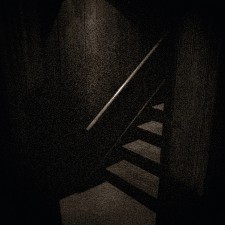
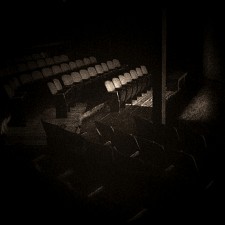
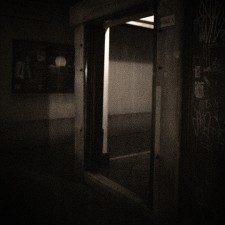
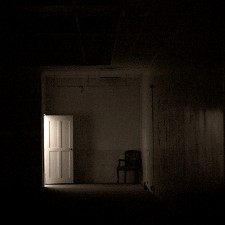
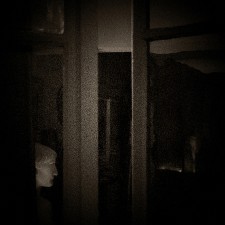
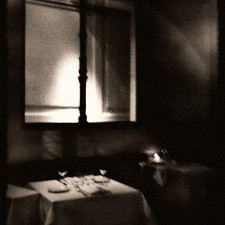
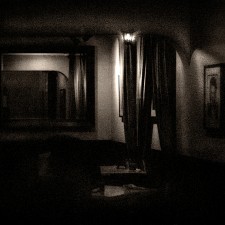
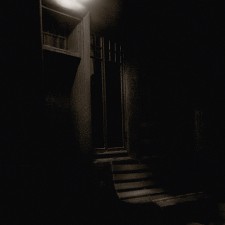




2 comments
janssens serge
Dec 13, 2014 at 18:21
Une allégorie magnifique réussie de Robb Johnson ,il à réussi par un grain très beau ,un éclairage adéquat , des cadrages appropriés à recrée la solitude de façon magistral . Félicitation
Comments are closed.